The Gate of Rome
High on a 500-metre rocky outcrop on the mountainous Italian west coast, 75 years ago this Saturday, 18 May 1944, the II Polish Corps smashed open what the Germans called “the Gate of Rome.”
For the previous five months, from their vantage at that ‘gate’—Monte Cassino—the German 10th Army thwarted the Allies’ plan to break through the Gustav line and head northwest, up the coast.
The Germans had their own plan—to hold the line for as long as they needed. They had had three months to prepare their defences. They blocked the coastal route from Naples to Rome by flooding the marshland it ran through, and forced the Allies to use the inland road that ran through the valley below Monte Cassino. They peppered the rocky mountainsides and ravines with mines and other deadly entanglements. They took full advantage of the natural ground-level fortification supplied by the rivers Rapido, east of Cassino town, the Garigliano, which ran from Cassino to the Tyrrhenian Sea, and the Liri, which flowed through the valley alongside the road, Route 6.
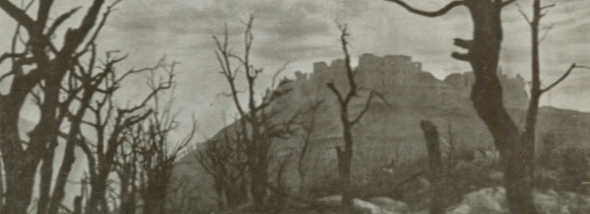
German commanders placed their units strategically around Monte Cassino and the mountains on either side that formed part of the Gustav line, and that ran immediately west of the Garigliano and Rapido. From their vantage points, the Germans repelled and inflicted heavy losses on the American, British, French, Moroccan, Algerian, New Zealand, Canadian, Indian, Gurkhan, South African and Australian soldiers under British and American command. The Allies failed three times to dislodge the Germans. After the Allies bombed Monte Cassino’s sixth-century abbey at the start of the second battle in February 1944, the Germans moved up from the mountain immediately below to the almost perfect shelter of its ruins.
Lieutenant-General Władysław Anders commanded the II Polish Corps, which entered the Italian fray on 3 March. The Corps, which numbered nearly 50,000, consisted primarily of Poles who had escaped the USSR in 1942, thanks to a new Polish army and General Anders as its Commander-in-Chief.
About two weeks after the Poles started fighting, British commander Lieutenant-General Sir Oliver Reese of the Eighth Army gave General Anders orders to capture Monte Cassino, and then Piedmonte heights.
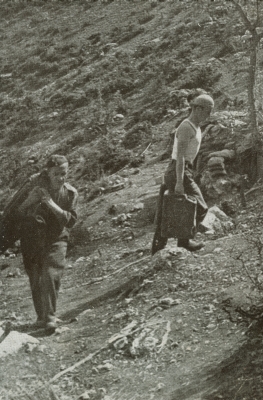
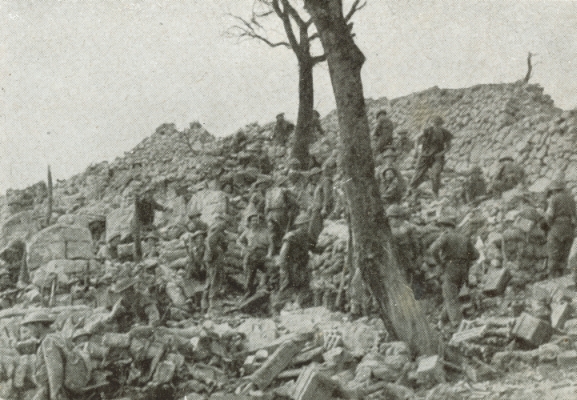
The Polish offensive started on April 8, and included my paternal grandfather, Stanisław Nieścior, aged 47 in May 1944. He was part of the II Corps’ 9 Supply Company, 2 Warszawska Division. I am grateful that someone of his age had one of the ‘easier’ jobs on the mountain, and did not have to “jump and dive” during direct action with the Germans, like then-20-year-old Władysław Piotrkowski, who I interviewed in 2014.
None of us who did not personally experience the battle will ever be able to fully comprehend the conditions, or the prowess of the German troops: the elite 1st Parachute Rifle Division was reinforced by the 100th Mountain Regiment and the 4th High Mountain Battalion, and supported by the units on the other sides of the valleys.
My paternal grandfather was the reason I bought General Anders’ book, An Army in Exile, which documents, among other things, the Polish order of battle in Italy. It is impossible to condense the final victory for Monte Cassino in a few paragraphs and I will leave those of you who are interested, to follow the Polish order of battle that I collated as part of the Military Timeline; 1944, on the War Immigrants page of this website.
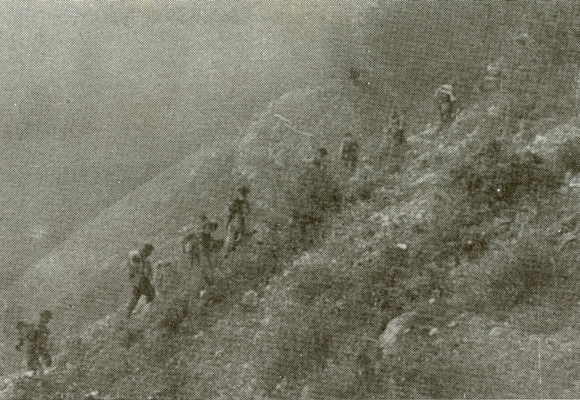

General Anders took the lessons of the first three failed Allied attempts, and used them to devise a more sneaky plan of attack, which started at nightfall on 11 May 1944. Seven days later, the Polish 12th Lancers hoisted one of their pennants over the monastery ruins until someone found a Polish flag that, according to General Anders, was raised at 10.20am. An hour later, General Leese arrived at General Anders’ headquarters “and was the first to express his appreciation of the Polish achievement.” Soon afterwards the British Union flag flew beside the Polish one.
After the Poles broke open the Hitler line at Piedemonte, they counted their losses in both battles: 962 had been killed or were missing in action, and 2,822 were wounded. The Polish government-in-exile awarded all the soldiers of the II Polish Corps with a Monte Cassino Commemorative Cross.
Stanisław Nieścior received number 31,692. He died 10 years before I was born, but he was on my mind when I interviewed Pan Władysław. He called himself “lucky” to have survived Monte Cassino, and the subsequent Italian battles, but he was much more than that.
I had the privilege of meeting and writing about another Monte Cassino veteran, Pan Władysław Błażków, and called him “a quiet hero,” because he was the epitome of the soldier who did as ordered, and hid his bravery. He remains one of my heroes for another reason: he lived his life to the full, despite the sadness of losing his wife early, and remained an active and beloved member of the Polish community in Wellington. Until his recent illness, he lived independently in Petone, with his younger son, and still drove his mobility scooter. He died last Wednesday, 8 May, aged 97. His funeral was held at the Catholic Church in Petone this Tuesday, 12 May, 75 years ago to the day after soldiers from his and other Polish units scrambled around the back of Monte Cassino, and took the first bite out of what had until then been an “almost impenetrable” bastion.
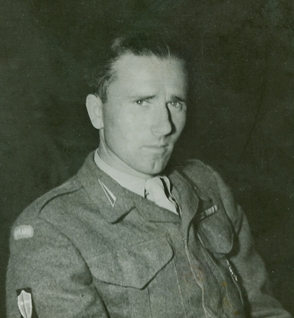
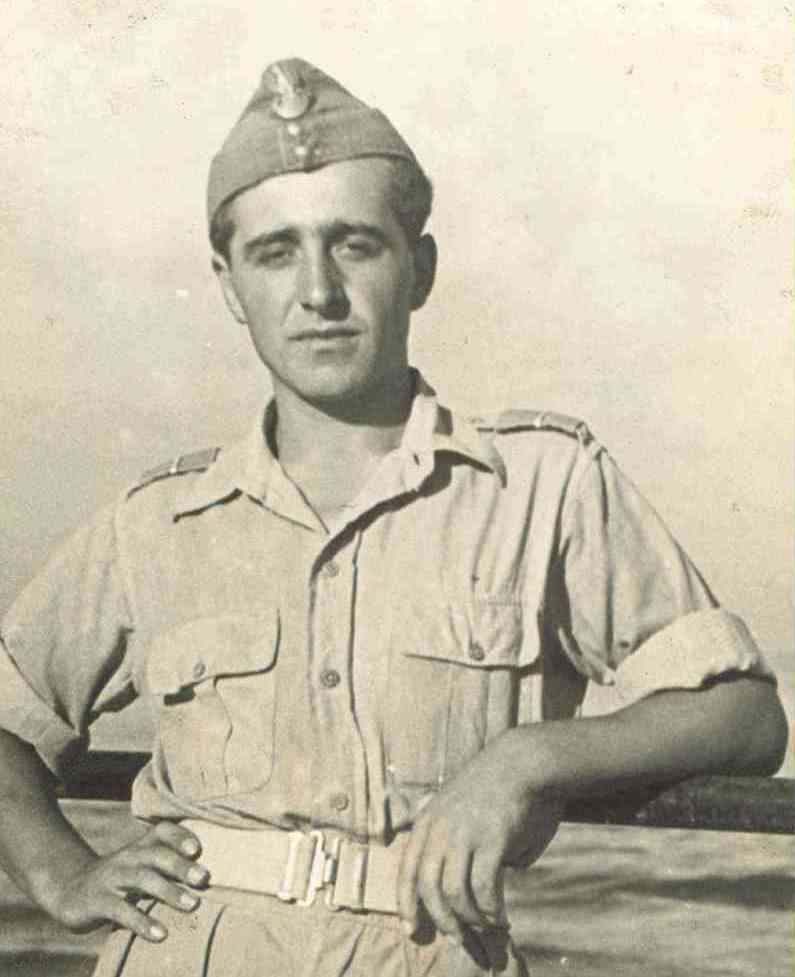
I like to think that the Polish victory on Monte Cassino buoyed the men of the 1st Polish Armoured Division, who made positive differences in the Allied campaign in northern France later in 1944. Like the II Polish Corps, the majority of the men of the 1PAD had been through the Soviet forced-labour facilities, and escaped the USSR in 1942 with General Anders.
The 1PAD landed in Normandy on 8 August 1944, and quickly cut through the static mass of Allies that had gathered at Caen since the Normandy landings in June. Some of their first casualties resulted from American aircraft mistaking the advancing Poles for Germans. Farther south, at Mont Ormel, the Poles were pivotal in closing the Falaise Gap and encircling the Germans.
And again, the Allies were able to move forward.
To Pan Władysław Błażków, Pan Władysław Piotrkowski, my paternal dziadek, and all who fought and died for that road to Rome, and other roads the Polish forces cleared for the Allies in Europe in 1944: may you all rest in peace.
—Barbara Scrivens
17 May 2019
_______________
– Monte Cassino images come from the photograph album of the 3rd Carpathian Rifle Division of the II Polish Corps, (Album Fotograficzny 3D.S.K. W Italii, Monte Cassino 27-IV-1944 – 23-V-1944).
– General Anders’ book, An Army in Exile, originally published in 1949, was reprinted by The Battery Press, Nashville, ISBN: 0-89839-043-5. Used with permission of his daughter, Anna Maria Anders.
_______________
If you would like to comment on this post, or any other story, please email editor@polishhistorynewzealand.org/
